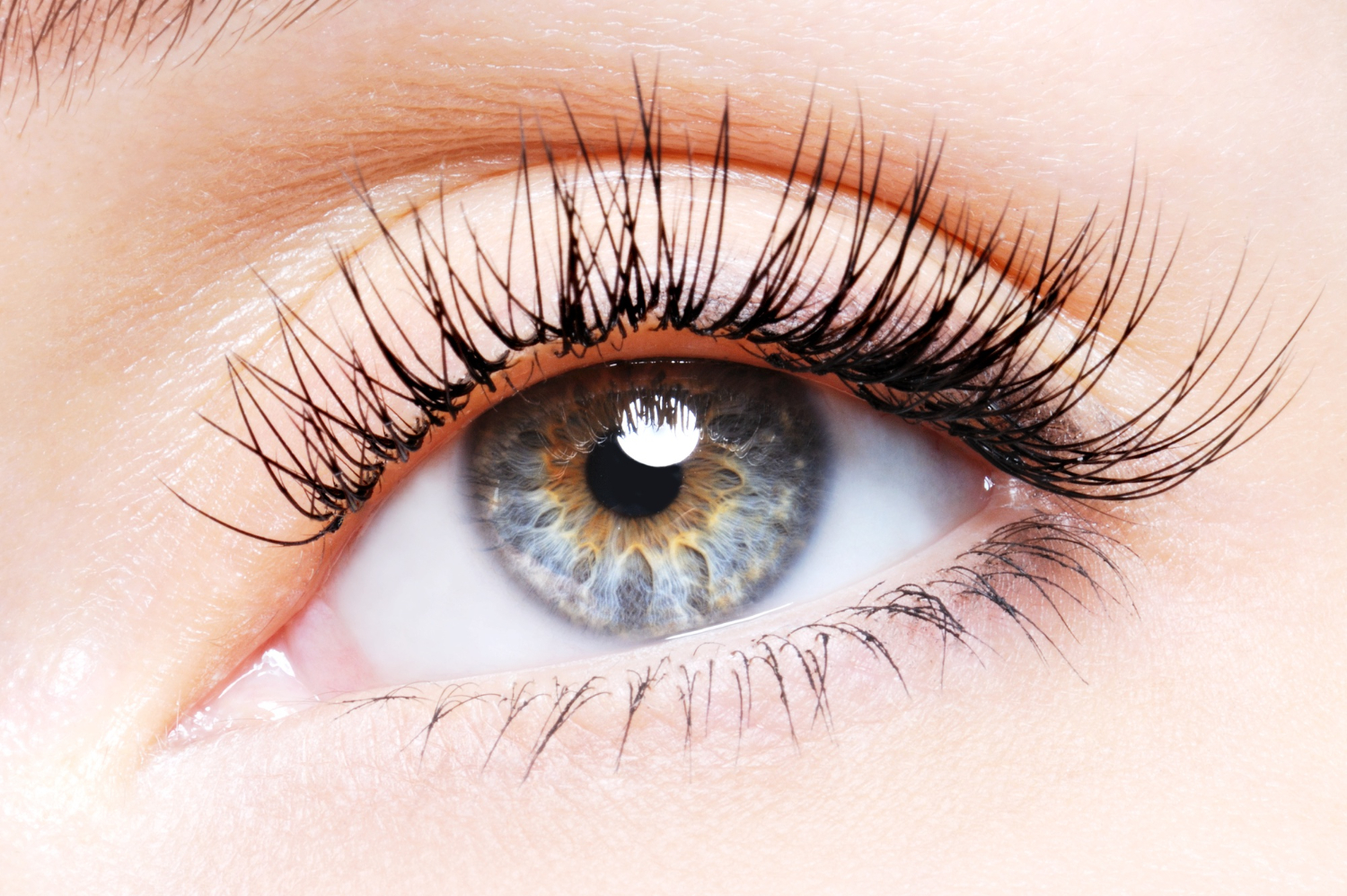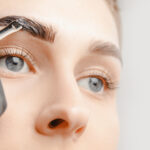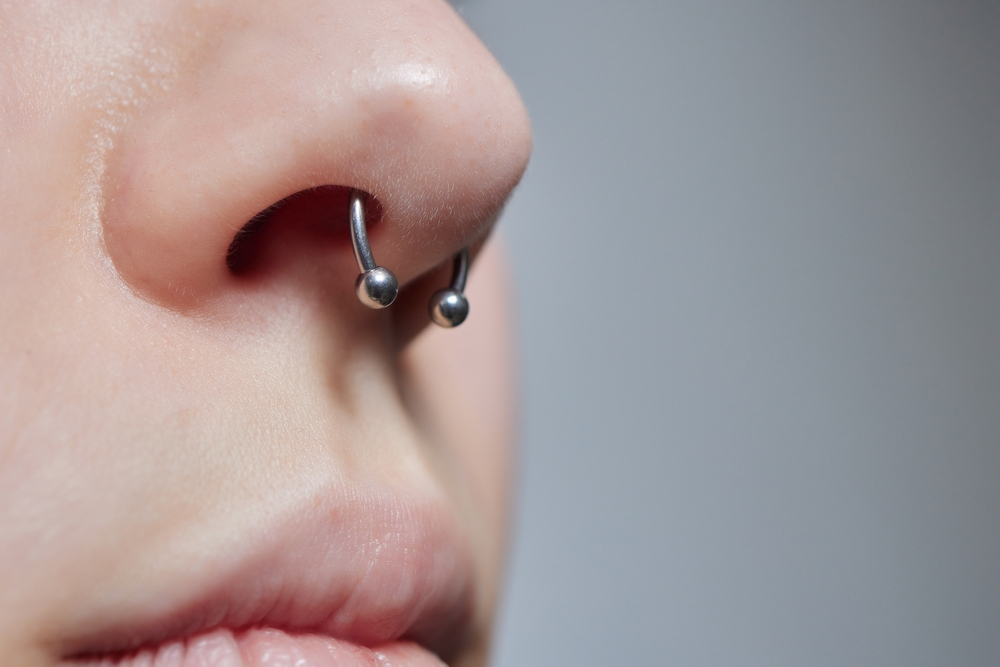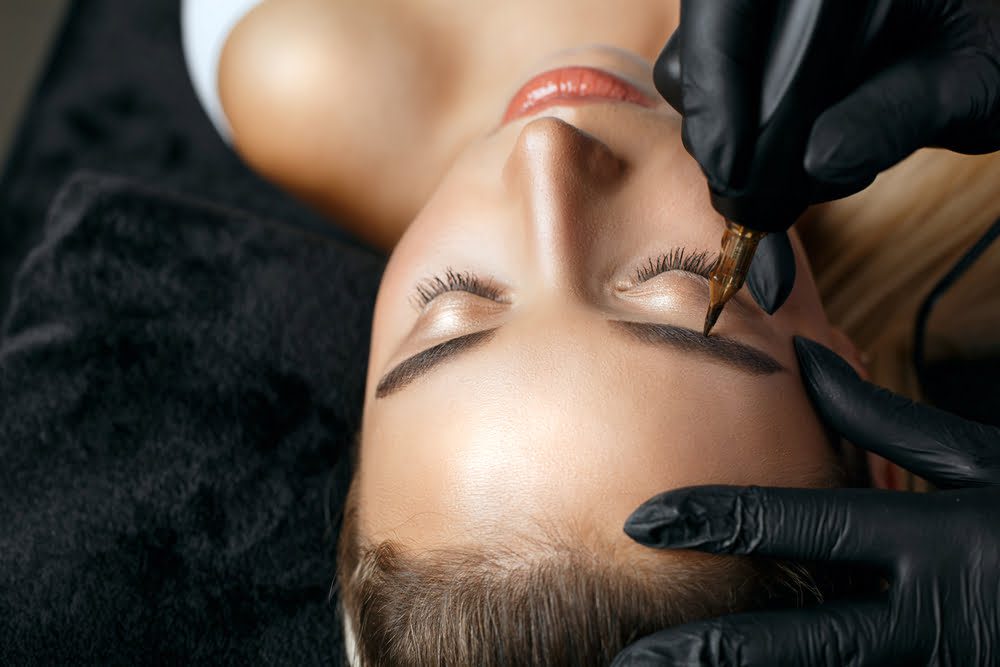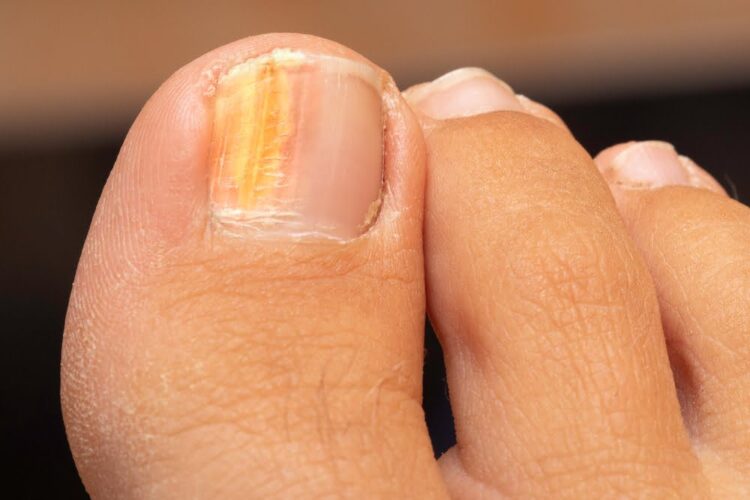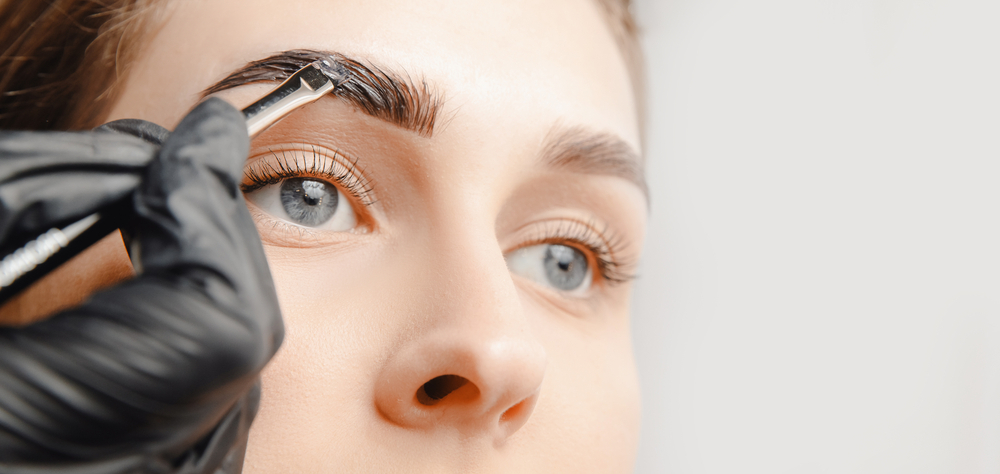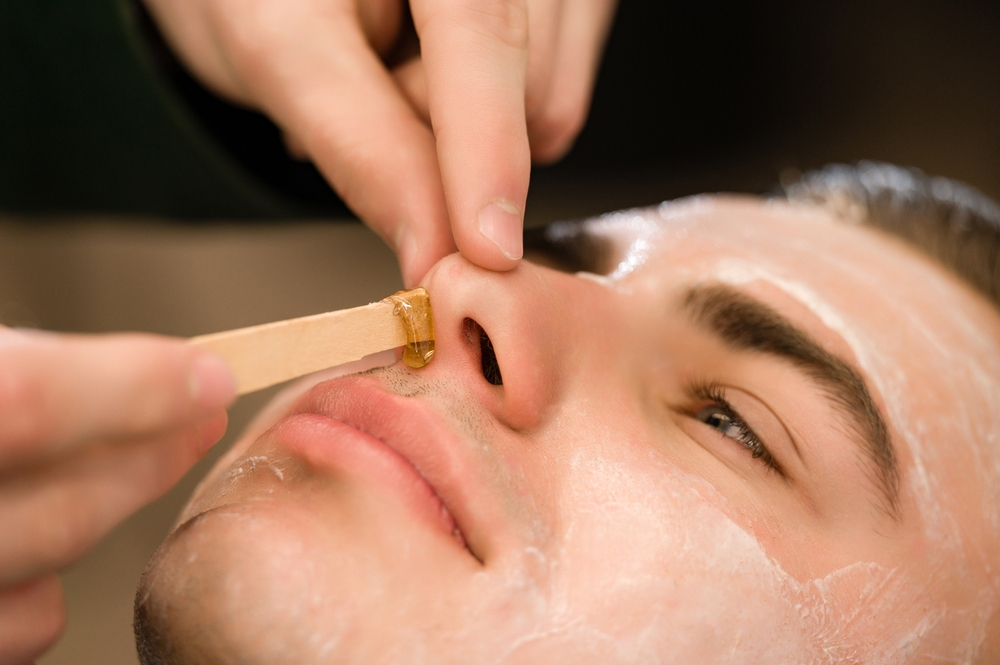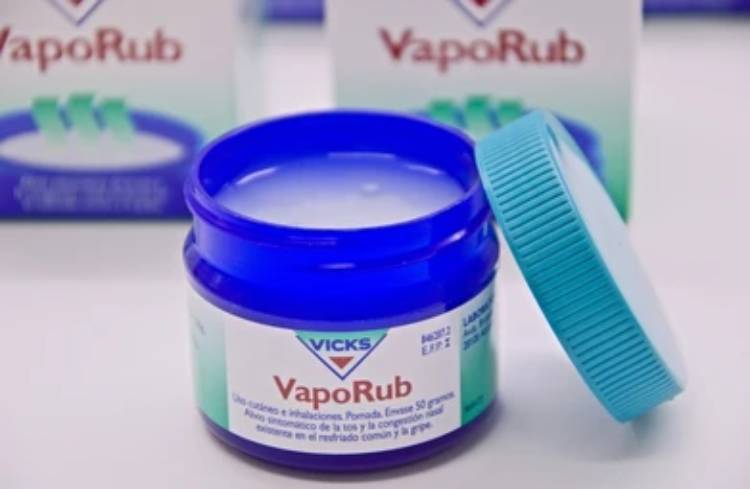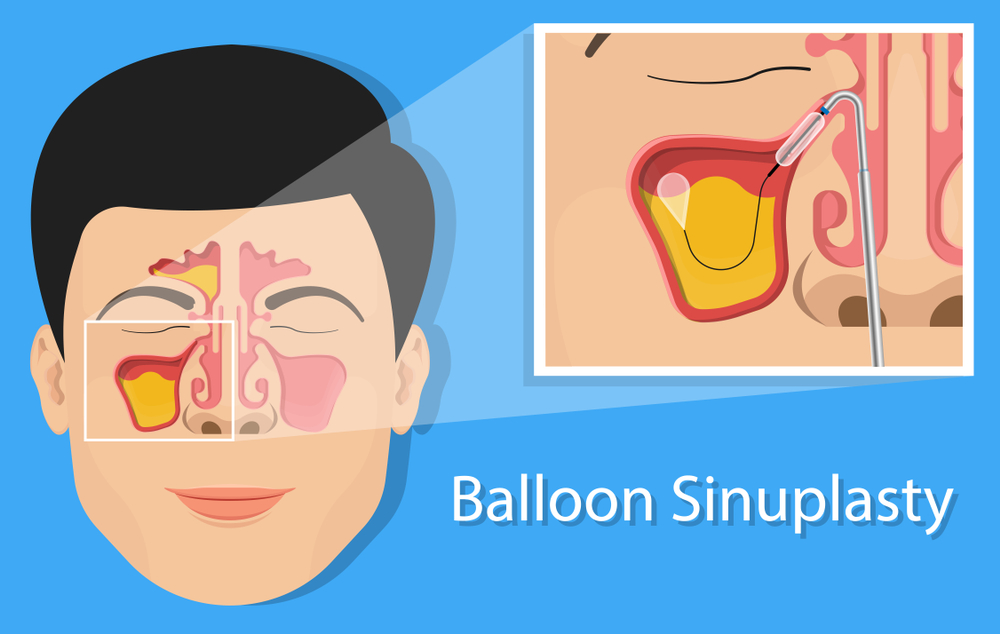Eyelashes are not only aesthetically pleasing, but they also serve a crucial purpose in protecting our eyes from dust, debris, and foreign objects. However, there are times when an eyelash can become dislodged and find its way into the eye, causing discomfort and irritation. This condition, known as an “eyelash in the eye,” is a common occurrence that can affect individuals of all ages.
In this article, we will explore the causes, symptoms, and potential complications associated with an eyelash in the eye. Additionally, we will discuss various treatment options, including both medical interventions and home remedies, that can provide relief from this bothersome condition. Understanding the causes and available remedies for an eyelash in the eye can help ensure proper care and prevent further complications.
Causes of Eyelash in Eye.
There are several causes that can lead to the bothersome and uncomfortable condition known as having an eyelash in the eye. Some of the most common causes include:
1. Eyelash misalignment.
Sometimes, eyelashes grow in an irregular manner, pointing inwards instead of outwards. This misalignment can cause the lashes to brush against the surface of the eye, leading to irritation and discomfort.
2. Eyelash breakage.
Due to various factors such as excessive rubbing, the use of harsh makeup removers, or improper handling, eyelashes can break off. These broken or shorter lashes may then fall into the eye, causing irritation.
3. Eye rubbing.
Frequent rubbing of the eyes, whether due to fatigue, allergies, or foreign body sensation, can inadvertently introduce eyelashes into the eye. This action can dislodge lashes from their natural position and lead to them getting trapped in the eye.
4. Eyelash loss.
In some cases, individuals may experience a condition called madarosis, which refers to the loss of eyelashes. This loss can create gaps in the lash line, making it more likely for lashes to fall into the eye.
5. Eyelash extensions or false eyelashes.
The use of eyelash extensions or false eyelashes can enhance the appearance of longer, fuller lashes. However, if not applied properly or if the adhesive weakens, these artificial lashes can detach and end up irritating the eye.
6. Environmental factors.
Dust, dirt, and other airborne particles can land on the lashes and eventually find their way into the eye. These particles can become entangled with the lashes and cause discomfort when they come into contact with the sensitive surface of the eye.
7. Eyelid inflammation.
Inflammation of the eyelids, known as blepharitis, can cause crusting or flaking of the lashes. These crusts may dislodge and enter the eye, leading to the sensation of having an eyelash in the eye.
| 💡 Tips Verywel Fit.com It is important to note that having an eyelash in the eye can be a temporary and minor issue for most individuals. However, if the discomfort persists or if it causes severe pain, redness, or vision problems, it is advisable to seek medical attention to ensure proper diagnosis and treatment. |
Symptoms of Eyelash in Eye.
1. Eye irritation.
The presence of an eyelash in the eye can lead to persistent irritation, causing the affected eye to become red, itchy, and watery. This irritation can increase as the eyelash rubs against the sensitive surface of the eye.
2. Sensation of a foreign object.
One of the most common symptoms of an eyelash in the eye is the feeling of having a foreign object present. Individuals may experience a constant sensation of something being stuck in their eye, leading to discomfort and a persistent urge to rub the eye.
3. Excessive tearing.
Irritation caused by an eyelash can trigger an excessive production of tears as a natural response to protect the eye. This can result in watery eyes, making it difficult to see clearly and causing temporary blurred vision.
4. Photophobia.
In some cases, the presence of an eyelash in the eye can increase sensitivity to light, a condition known as photophobia. Individuals may find it uncomfortable or even painful to be exposed to bright lights, leading to squinting or the need to wear sunglasses indoors.
5. Eye redness and swelling.
If the eyelash becomes embedded in the eye or irritates the cornea, it can cause localized redness and swelling around the affected area. This can be accompanied by tenderness, making it painful to touch or blink.
6. Excessive blinking or eye rubbing.
As a reflex to alleviate the discomfort caused by an eyelash in the eye, individuals may involuntarily blink excessively or rub their eyes vigorously. While this may provide temporary relief, it can exacerbate the irritation and potentially cause further damage to the eye.
7. Blurred vision.
If the eyelash directly interferes with the clarity of vision, it can result in blurred or distorted vision. This can make it challenging to focus on objects, affecting daily activities such as reading, driving, or using electronic devices.
8. Eye discharge.
In some cases, the presence of an eyelash in the eye can trigger increased production of eye discharge. This can manifest as a sticky or crusty substance around the eyelids, which may require frequent cleaning or cause the eyelids to stick together.
| 💡 Tips Verywel Fit.com It is important to seek medical attention if the symptoms of an eyelash in the eye persist or worsen. A healthcare professional can safely remove the eyelash and provide appropriate treatment to alleviate any complications or discomfort. |
Eyelash in Eye Treatment.
One of the first steps in treating an eyelash in the eye is to resist the temptation to rub or scratch the affected eye. While it may seem like a natural instinct to try and remove the eyelash this way, it can actually exacerbate the problem by causing further irritation and potentially scratching the cornea. Instead, follow these recommended treatments:
1. Rinse with saline solution.
A common and simple method is to flush the eye with sterile saline solution. This gentle irrigation helps to dislodge the eyelash and soothe any inflammation or redness. Use a clean dropper or an eye cup filled with saline solution, tilting your head back, and gently pour the solution into your eye. Blink several times to encourage the eyelash to come out.
2. Apply artificial tears.
Lubricating eye drops, known as artificial tears, can provide immediate relief by reducing dryness and soothing the irritated eye. These over-the-counter drops provide moisture and help flush out any debris, including the eyelash. Use according to the instructions on the packaging, ensuring the drops are preservative-free for optimal comfort.
3. Use a damp cotton swab.
If the eyelash is visible and easily accessible, you can carefully attempt to remove it with a damp cotton swab. Moisten the swab with sterile saline solution or artificial tears, and gently touch the eyelash, guiding it out of the eye. Take caution not to apply excessive pressure or touch the cornea directly.
4. Consult an eye care professional.
If the eyelash remains stubbornly lodged in your eye or if you experience persistent pain, redness, or vision changes, it is crucial to seek professional assistance. An eye care specialist, such as an optometrist or ophthalmologist, can safely remove the eyelash using specialized tools and provide further examination or treatment if necessary.
how to get rid of eyelash in eye at Home?
Home remedies for removing eyelashes stuck in the eye can be quite effective and provide immediate relief. Here are some home remedies that can help alleviate the discomfort and safely remove the eyelash from the eye:
1. Blinking and Tears: The first and simplest step is to blink rapidly and allow natural tears to flow. This can help dislodge the eyelash from the surface of the eye by creating a lubricating effect.
2. Eye Wash: Prepare a saline solution by mixing a teaspoon of salt into a cup of distilled or boiled water. Tilt your head back and pour the solution into the affected eye, allowing it to wash away the eyelash. Repeat this process a few times if necessary.
3. Eyelid Massage: Gently massage the eyelid in a circular motion to encourage movement of the eyelash. This can help dislodge it from the eye’s surface or the inner corner.
4. Compresses: Soak a clean cloth or cotton ball in warm water and gently place it over the closed eye. The warmth can help relax the eye muscles and potentially loosen the eyelash, making it easier to remove.
5. Eye Drops: Over-the-counter lubricating eye drops can provide relief and help flush out the eyelash. Follow the instructions on the packaging and administer the drops as directed.
6. Tweezers: If the eyelash is visible and accessible, you may carefully attempt to remove it using sterilized tweezers. Ensure the tweezers are clean and gently grasp the eyelash close to the base. Be extremely cautious to avoid poking or scratching the eye.
7. Flush with Water: If other methods are not successful, try flushing the eye with a gentle stream of water using a clean syringe or a specialized eye irrigation kit. This can help dislodge the eyelash and rinse it out of the eye.
| 💡 Tips Verywel Fit.com However, if the eyelash remains embedded or causes persistent pain, redness, or impaired vision, it is crucial to seek professional medical attention immediately. An eye care professional will have the appropriate tools and expertise to safely remove the eyelash and address any further complications. |
Prevention.
Remember, prevention is always better than cure. To avoid eyelashes getting into your eyes, be mindful when applying eye makeup, use high-quality products, and ensure your hands are clean. Additionally, regularly cleaning and replacing mascara brushes can reduce the risk of loose bristles entering the eye.
- Prevention is key to avoiding future occurrences of an eyelash in the eye. Taking a few simple precautions can significantly reduce the risk:
- Avoid rubbing the eyes: Rubbing your eyes not only increases the likelihood of an eyelash getting stuck, but it can also introduce dirt, bacteria, and other irritants.
- Keep your hands clean: Regularly wash your hands to minimize the transfer of dirt and bacteria to your eyes.
- Use protective eyewear: When engaging in activities that may cause debris or foreign objects to enter your eyes, such as gardening or working in dusty environments, wear appropriate eye protection like safety glasses or goggles.
- Replace old or damaged mascara and eyelash curlers: These tools can contribute to eyelash breakage, increasing the chances of an eyelash finding its way into your eye.
| 💡 Tips Verywel Fit.com Remember, if you find yourself with an eyelash in your eye, remain calm and follow these treatment steps. With proper care and attention, you can quickly alleviate the discomfort and restore your eye’s health and comfort. |
Frequently Asked Questions.
1. What happens if you can’t get an eyelash out of your eye?
If you can’t get an eyelash out of your eye, it may cause discomfort, irritation, or redness. It is important to avoid rubbing your eye, as it can potentially scratch the cornea or introduce bacteria. It is recommended to rinse your eye gently with clean water or use eye drops to flush out the eyelash. If the irritation persists or worsens, seeking medical attention from an eye specialist is advisable.
2. Do eyelashes dissolve in your eye?
No, eyelashes do not dissolve in your eye.
3. How long can an eyelash stay in your eye?
An eyelash can typically stay in your eye for a few hours or until it is naturally flushed out by tears or blinking.
4. What happens if an eyelash disappeared in your eye?
If an eyelash disappears in your eye, it may cause irritation and discomfort. However, our eyes have natural defense mechanisms to help remove foreign objects, such as tears or blinking. In most cases, the eyelash will eventually be expelled, or you can gently try to remove it by rinsing your eye with water or using a clean, damp cloth. If the irritation persists or worsens, it is advisable to seek medical attention.
5. How to treat chemical burn in eye from eyelash extensions?
If you experience a chemical burn in the eye from eyelash extensions, it is crucial to seek immediate medical attention. Avoid touching or rubbing the affected eye, rinse it gently with cool water for about 15 minutes, and do not use any eye drops or ointments without professional guidance.
6. What to do if you get eyelash glue in your eye?
If you accidentally get eyelash glue in your eye, try to remain calm. Avoid rubbing your eye, as it may further irritate the area. Rinse your eye with clean and lukewarm water for several minutes to flush out the glue. If the irritation persists or worsens, seek medical attention from an eye care professional.
Bottom Line.
Getting an eyelash stuck in the eye can be a frustrating and uncomfortable experience. However, it is important to handle the situation with care and avoid rubbing or touching the eye in order to prevent further irritation or damage. By following the steps outlined in this article, such as flushing the eye with water or using eye drops, one can safely and effectively remove the eyelash. If the discomfort persists or there are any signs of infection or injury, it is recommended to seek medical attention. Remember to always prioritize the health and well-being of your eyes, as they are vital organs responsible for our vision.
How we reviewed this article:
Our team of experts is always monitoring the health and wellness field, ensuring that our articles are updated promptly as new information emerges. See Our Editorial Process
Oct 22, 2025
Written By: Gabrielle Richens
Reviewed By: Precious-Rutlin
Written By: Gabrielle Richens
Reviewed By: Precious-Rutlin

 Workout
Workout
 Meditation
Meditation





 Contact Us
Contact Us



